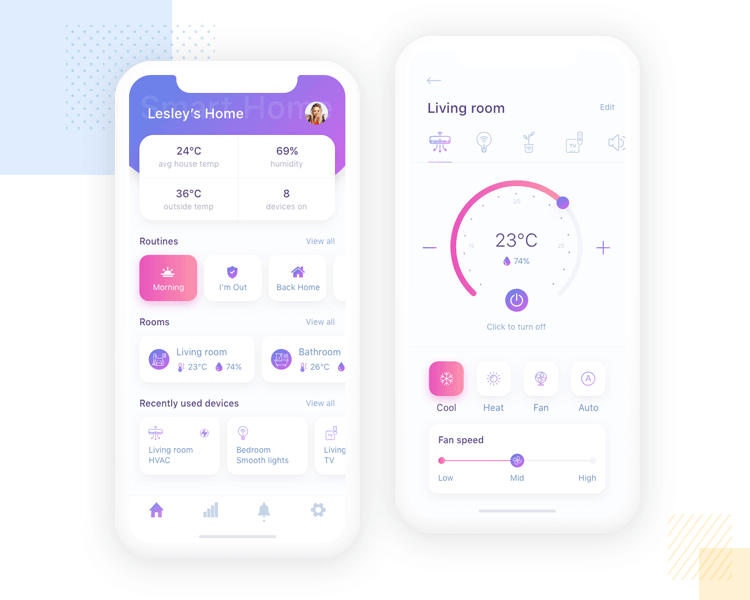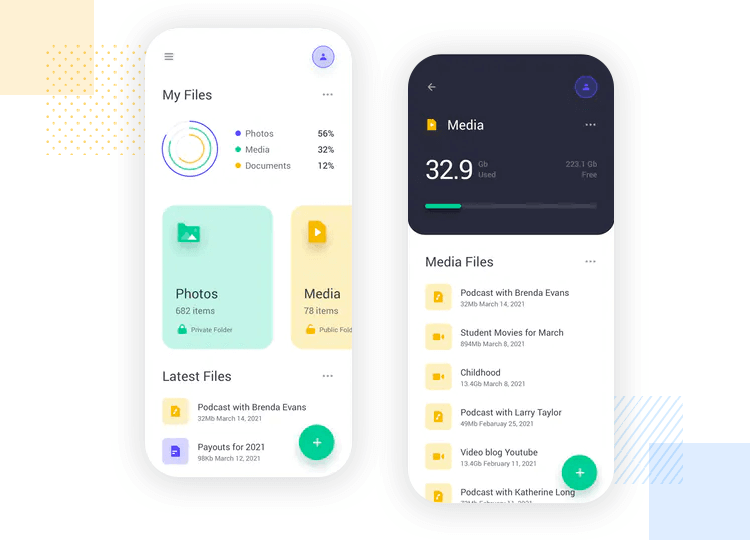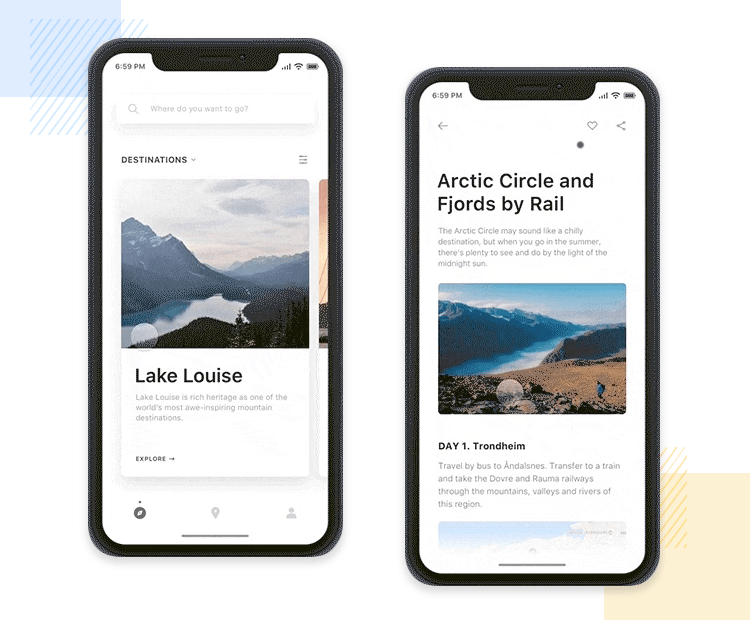
iOS app development prioritizes performance optimization, ensuring smooth functionality and stability across Apple.
Incorporating stringent security protocols and encryption standards to safeguard user data and maintain app integrity.
Creating intuitive and visually appealing interfaces adhering to Apple's design guidelines, enhancing user experiences.
Ensuring compatibility with various iOS versions and devices, coupled with seamless updates.
The initial step involves conceptualizing the app idea and detailed planning. This phase includes comprehensive market research to understand user needs, competitor analysis, and defining the app’s unique value proposition. Based on these insights, a clear vision for the app is outlined, detailing its functionalities, features, and target audience. Planning involves creating wireframes or prototypes to visualize the app’s layout and flow. Additionally, a detailed project roadmap with milestones, timelines, and resource allocation is established to guide the development process efficiently.
With a solid plan in place, the next step is the design phase. Experienced UI/UX designers collaborate to create an appealing and user-friendly interface following Apple’s design guidelines. This stage focuses on crafting intuitive navigation, seamless interactions, and visually engaging elements. Prototyping comes into play, enabling a preliminary interactive version of the app. It involves iterative design improvements based on client feedback and usability testing to ensure the app’s design aligns perfectly with user expectations and business goals.
Following design approval, skilled developers start the coding phase. Using programming languages like Swift or Objective-C, they build the app’s functionalities, integrating APIs, backend services, and databases. Simultaneously, quality assurance engineers conduct rigorous testing, including functional, performance, and user acceptance testing (UAT). This iterative process ensures the app operates flawlessly, is bug-free, and meets the defined performance benchmarks and user experience standards.
Once development and testing are complete, the app is ready for deployment on the Apple App Store. The deployment process involves preparing necessary assets such as app descriptions, screenshots, and promotional materials, adhering to Apple’s submission guidelines. Post-launch, regular updates and maintenance are essential for addressing user feedback, fixing any issues, and implementing new features or enhancements. Continuous monitoring, performance optimization, and updates ensure the app remains relevant, functional, and aligned with evolving user needs and technological advancements.
iOS apps offer a superior user experience, capitalizing on Apple’s design standards and device optimization. With a focus on intuitive interfaces and smooth functionalities, businesses can provide a delightful experience to their customers. The consistent and user-friendly environment across iOS devices ensures higher engagement levels, leading to increased app retention and user satisfaction. This elevated experience often translates into enhanced brand loyalty and positive reviews, fostering a strong relationship between businesses and their customers.


Security is a hallmark of iOS applications, and Apple’s stringent guidelines ensure robust data protection. Businesses leveraging iOS apps can reassure their users about the safety and privacy of their information. The App Store’s stringent review process filters out potential security threats, instilling trust in users regarding the credibility and reliability of the app. This emphasis on security not only protects user data but also cultivates a sense of confidence and trust in the brand, potentially attracting more users.
iOS apps present lucrative opportunities for revenue generation through various monetization models. Whether through app purchases, in-app subscriptions, or advertisement placements, businesses can capitalize on these avenues to drive revenue. The user demographic of iOS devices often includes individuals with higher purchasing power, making them more likely to engage in transactions within apps. With a well-crafted monetization strategy, businesses can diversify revenue streams and maximize profits through their iOS applications.


iOS devices are prevalent among demographics with greater disposable income, making them an attractive target audience for businesses. Developing iOS apps grants access to this demographic, potentially leading to higher spending on app-related services or products. Moreover, publishing an app on the Apple App Store opens doors to a global market, allowing businesses to reach users worldwide. This expanded global reach enables businesses to penetrate new markets and broaden their customer base beyond geographical constraints, fostering international growth opportunities.